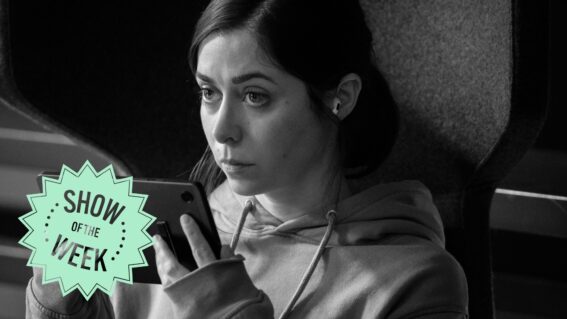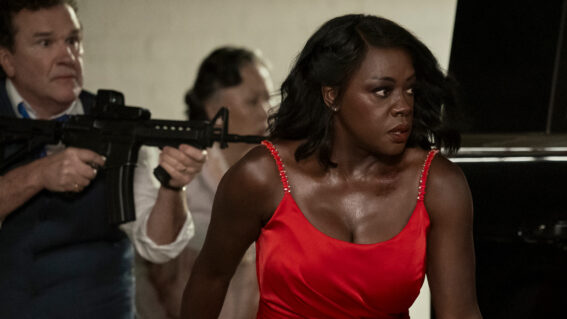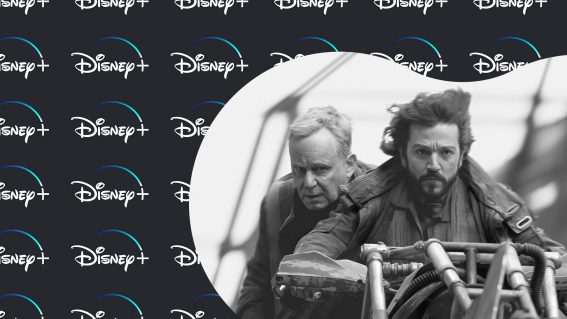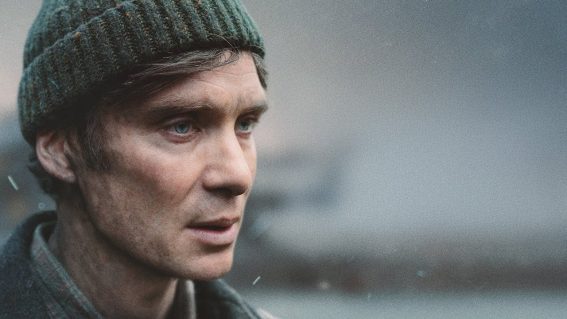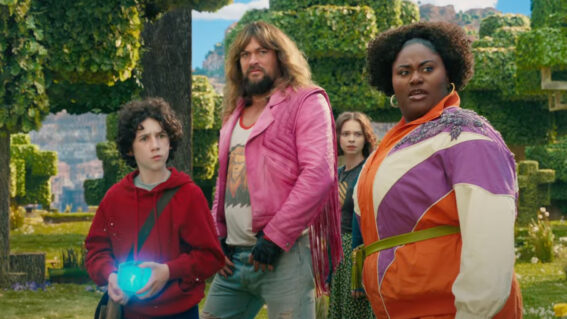Should Trainwreck: Woodstock ’99 make us rethink the original Woodstock?
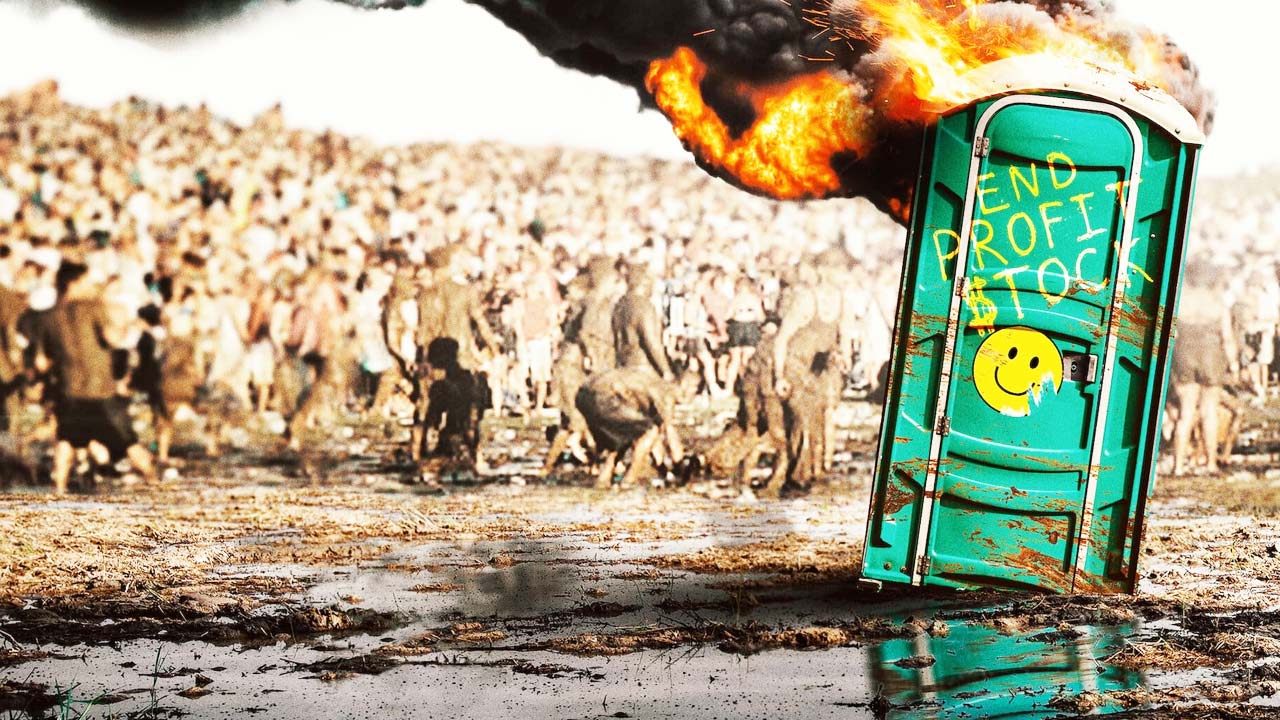
A popular new Netflix documentary examines the infamous debacle of Woodstock ’99. But its core premise—which tells us the original Woodstock was a roaring success, full of love-dovey vibes—is a lie, writes Luke Buckmaster.
Woodstock! What a disaster. Three people died. Thousands required medical treatment. Somebody fell from a lighting scaffold and broke their back. There were massive water and food shortages. Attendees broke through barriers. One group was so outraged about price gouging they burned down a food stand. Trash on the ground was so bad that people sliced open their feet walking across it. Musicians feared for their lives. Within a year, two of the headline acts were dead.
This is not a description of events that transpired at the notorious Woodstock ‘99, which is the subject of a horrifyingly entertaining new Netflix mini-series pitched as a cross between documentary and disaster movie. The aforementioned incidents took place at the Woodstock concert held 30 years prior, in 1969, which is celebrated as a high water mark of the hippy movement: a generation-defining festival in which peace, leave and optimism prevailed, the marijuana-scented air rich with bonhomie. There was great music; much acid was taken; strangers hugged and embraced. For a brief moment everything was right on the revolving rock called earth.
It’s clear director Jamie Crawford made Trainwreck: Woodstock ‘99 with a specific framework in mind: to explore how a quixotic idea to rekindle the spirit of flower power associated with Woodstock ’69 descended into Lord of the Flies-esque chaos. By anyone’s measure, many things went very badly: the event became infamous for its violence, looting, rioting, sexual assaults and the wild, terrible energy of a crowd that seemed to behave more like an assembly of insurgents amping up for revolution.
The title of the first episode sums up the tone: “How the F**K Did This Happen?” A conga line of organizers and employees—including key players such as promoters Michael Lang (a co-founder of the original Woodstock) and John Scher—reminisce on how they envisioned the event versus the cold reality of what it became. One says he imagined it taking place in Lord of the Rings-esque settings, with lots of rolling green hills, only to discover a rather less romantic location: a decommissioned air force base. Which is nothing compared to the horrors that awaited, recapped by Crawford in grisly detail, and sprinkled with celebrity talking heads including Korn’s Jonathan Davis and Norman Quentin Cook aka Fatboy Slim.
One of the most interesting moments in Trainwreck: Woodstock ‘99 betrays its very premise. In the final episode, some attendees counter the narrative by discussing how they had an awesome time. One says: “although I had a scary experience, it was a blast…it was an experience of a lifetime.” And another: “It was the best time I’ve ever had, and 22 years later, it’s still probably the best I’ve ever had.” And one more: “I had the time of my life…what a story, what a ride.”
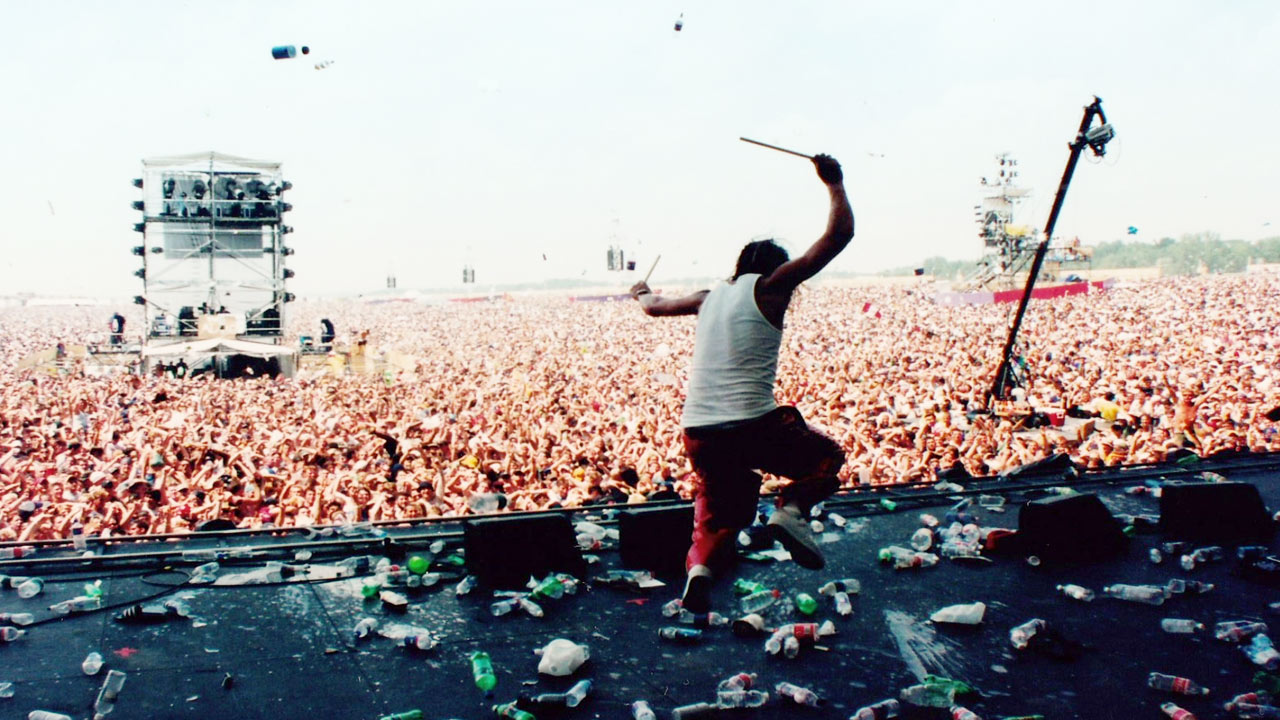
If these people had been hired to make a documentary, they would have told a very different story to the one crafted by Crawford. I’m not suggesting the festival wasn’t a disaster—but making a point that narrative framing is everything. Which brings us back to Woodstock ‘69. The event became entrenched in the zeitgeist as a utopian celebration of peace, love and music—rather than the debacle that it was—mostly because of Michael Wadleigh’s famous concert documentary, which arrived the following year.
I love this film for several reasons, including its dazzling use of split screens and most of all, of course, the music, from Joe Cocker’s angelic cover of With a Little Help from My Friends (in which he manages to simultaneously play both the air drums and the air guitar) to the mind-blowing drum solo from Soul Sacrifice. But Wadleigh’s focus was on the stage acts, not the stories of attendees. By the time Jimi Hendrix played, performing his iconic reinterpretation of the Star Spangled Banner, the vast majority had left—the crowd thinning out from around 400,000 to around 30,000.
I remember wondering, when I first watched the film a long time ago, why the crowd looked so unenthused. This was Hendrix…this was awesome! After some research I discovered they’d spent days standing and sitting in their own stink and shit. Hygiene was, by all accounts, non-existent. The musicians on stage brilliantly evoked messages of love, peace and celebration, but the event itself was a clusterfuck. This point has been made many times before (here are some articles for further reading) but the legend prevails.
We are told at several points throughout Trainwreck that Woodstock ‘69 was a spectacular success, full of love and flower power, and the sequel three sequels hence a disaster. This is a false premise: in truth they were both disasters, organisationally speaking, the ‘69 event held up on a pedestal because of what it symbolized (and also because the music was a hell of a lot better).
Crawford would have known this. In fact, as part of his research, he would almost certainly have watched last year’s Woodstock 99: Peace, Love and Rage, which addresses—albeit briefly—the way the original event has been misremembered. Therefore Trainwreck is a work of intellectual bastardry, sacrificing nuance on the altar of narrative convenience. Because of productions like this, the mythology around the original Woodstock persists, clinging to the zeitgeist like mud to a hippy.





